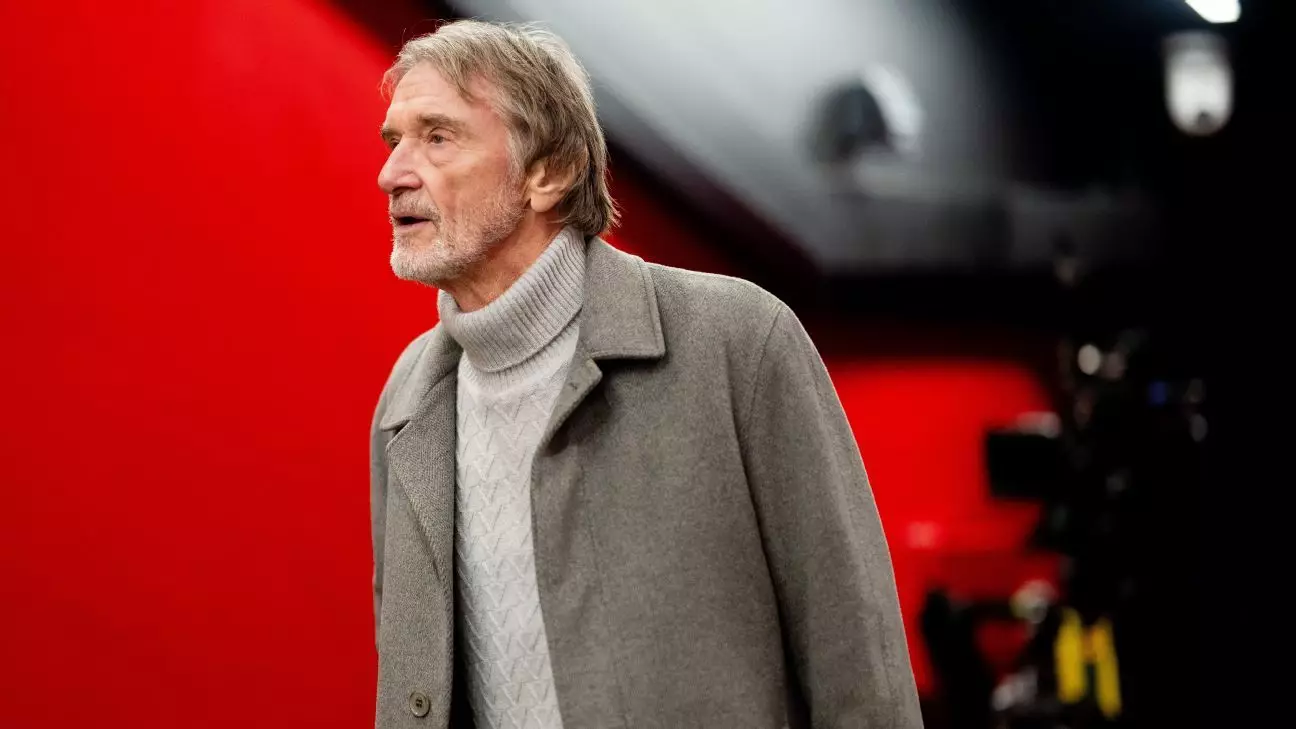The historic football club Manchester United is facing a tumultuous period as it announces plans to make significant workforce reductions. The recent decision to cut an estimated 200 staff members marks a continuation of the club’s cost-containment strategy, following a previous round of layoffs that saw around 250 employees let go last summer. This initiative, unveiled shortly after the outside investment of Sir Jim Ratcliffe as co-owner, raises questions about the financial health of one of the most recognized football institutions globally.
CEO Omar Berrada’s statements underscore the pressing need for organizational restructuring. He emphasizes a commitment to reinstating Manchester United’s competitive edge across all tiers of the football club, from professional teams to academy systems. Such goals, while virtuous, appear to be predicated on a series of difficult, potentially damaging decisions regarding personnel. The grave acknowledgment of impending job losses serves as a stark reminder of the financial realities the club faces.
The organization has reported staggering financial losses exceeding £300 million ($379 million) over the past three years. Their most recent financial statement reveals a concerning revenue decline, with figures plummeting from £225.8 million in the same quarter of the previous year to £198.7 million. This downward trajectory poses a critical question: how can a prestigious football institution maintain its legacy while facing such financial adversity?
Berrada pointedly notes the unsustainable nature of the club’s finances, admitting that consecutive losses over the last five years cannot persist. The urgency to transform financial outcomes echoes through their rhetoric, with the promise of enhancing on-pitch success and improving facilities requiring a stable economic footing—something currently jeopardized by their increasing deficits.
In a bid to stabilize its finances, Manchester United is implementing strategic moves beyond merely slashing jobs. The club is relocating a portion of its staff from the iconic Old Trafford stadium to the Carrington training facility, aiming to streamline operations without sacrificing efficacy. Furthermore, a shift in focus from a centralized London office in Mayfair to more localized options signifies a broader recognition of cost efficiencies necessary for the club’s survival.
Additionally, the cessation of benefits such as free lunches at Old Trafford illustrates the level of austerity measures undertaken, anticipated to save in excess of £1 million annually. While these changes can assist in immediate cost control, they may also reflect an overarching culture of austerity that could affect staff morale and operational efficiency.
The decisions made in the coming months will have far-reaching effects not only on the club’s performance and personnel but also on its identity and relationship with fans. As Manchester United navigates these choppy waters, the balance between fiscal responsibility and preserving its storied heritage will be crucial. A successful turnaround will require unity, strategic vision, and perhaps most importantly, the club’s commitment to returning to its former glory—both on and off the field.
While difficult choices must be made in pursuit of financial stability, the essence of Manchester United as a world-class football institution rests on its ability to uphold standards of excellence amid challenges. The upcoming transformations will likely shape not only the club’s immediate future but its long-term trajectory in the competitive landscape of global football.

